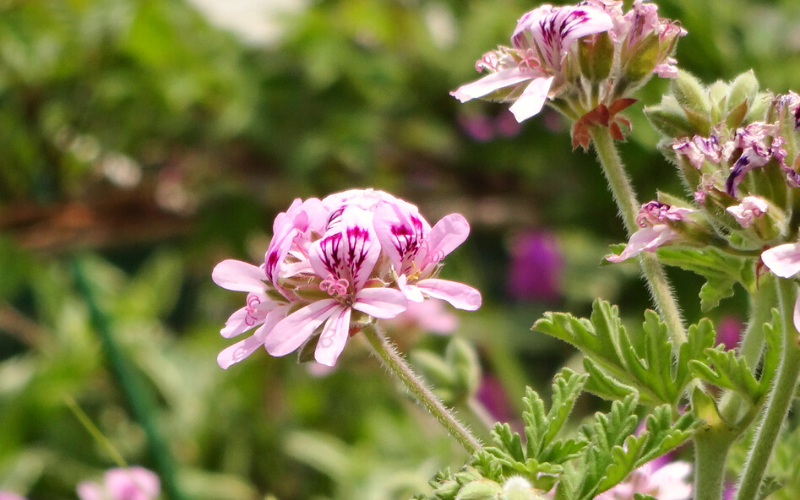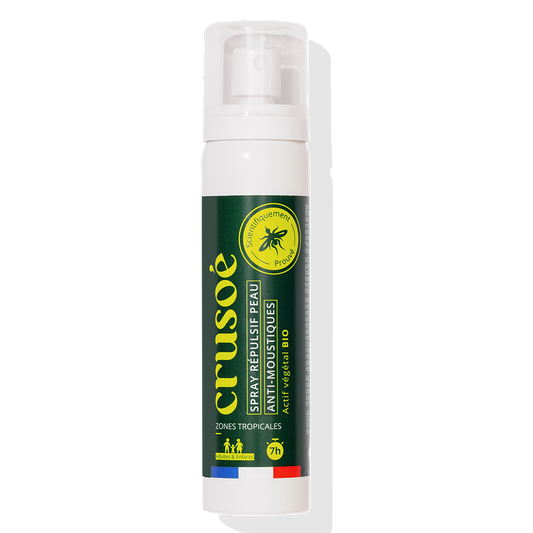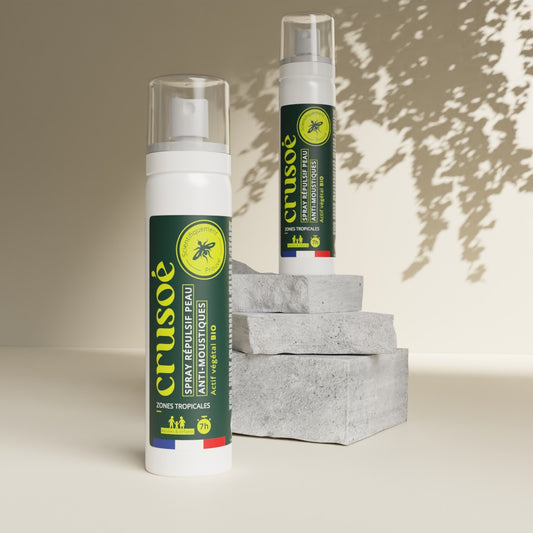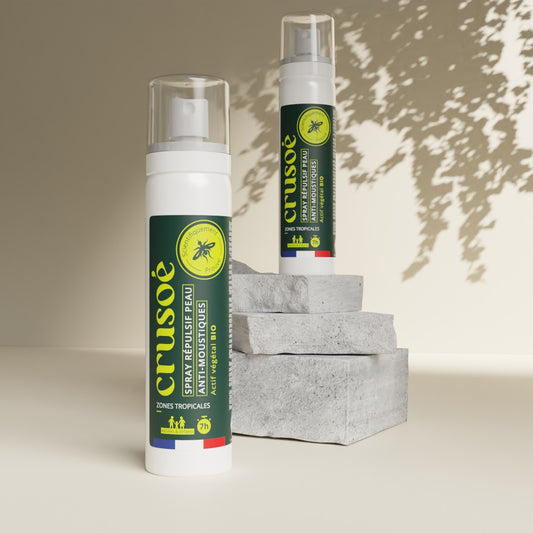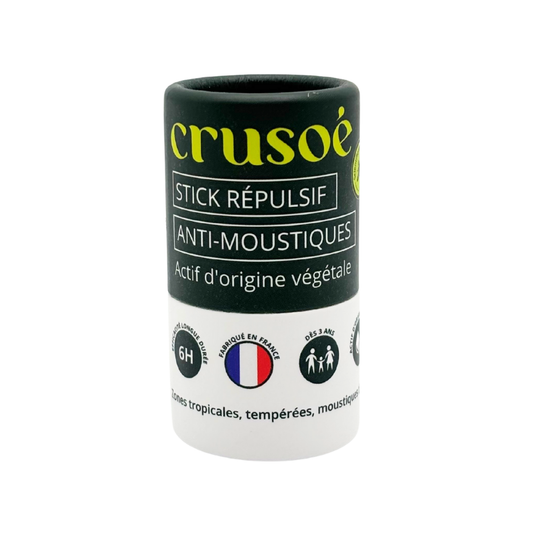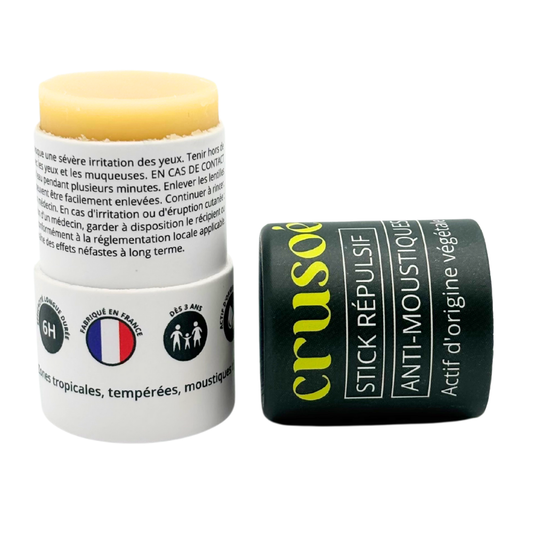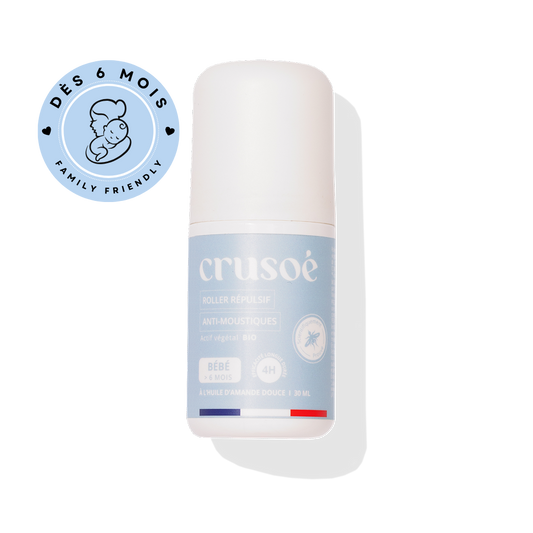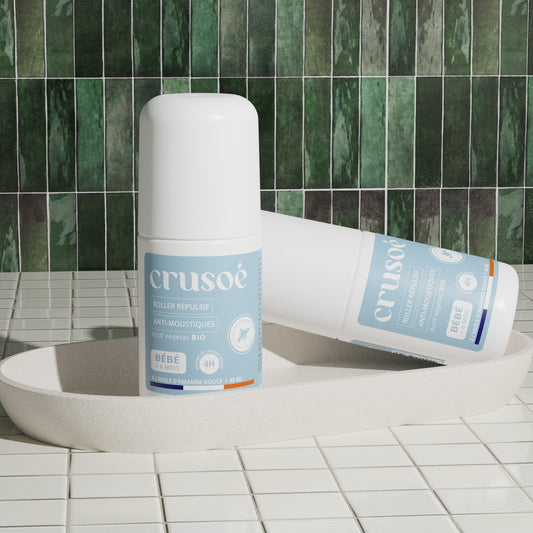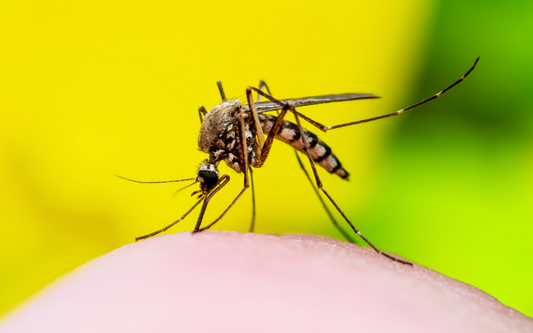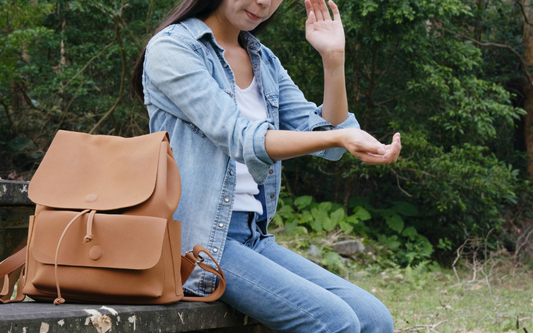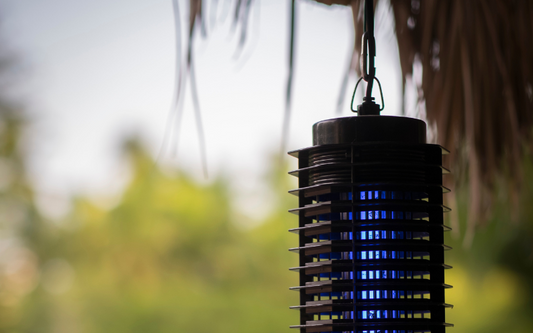There are many plants called Geraniums, but they are not all equal. Plants called Geranium Rosat belong to the large Geraniacea family, hence their name, which includes 280 species originating from South Africa.
Geranium cv. Rosat Bourbon
The Geranium Rosat is however not a Geranium but one Pelargonium in the strict sense of botanical classification. More precisely, it is a cross, or hybridization , between species of Pelargonium (graveolens, radens and capitatum) who have been selected for their rose essences in the 19th century in Grasse, a major center of perfumery in France. These new hybrids were then introduced in 1880 on the island of Reunion.
The plant thus took the name of Geranium cultivar Rosat Bourbon with Rosat for its rose essence , and Bourbon for its place of cultivation , Reunion Island or Bourbon Island. Its official botanical name remains Pelargonium x hybridum cv. 'Rosat Bourbon' , which allows its identification among the many Pelargonium and Geranium . ¹
- Reunion Island, an ideal place for Geranium Rosat
It exists today several varieties of Geranium Rosat the best known of which are Geranium cv. Rosat Egypt, Geranium cv. Rosat China, Geranium cv. Rosat Bourbon and Geranium cv. Rosat Grasse.
Reunion Island has a warm climate that is favorable to the open-field cultivation of Geranium Rosat. In addition, the ambient humidity means that the Geranium Rosat crops do not need to be irrigated or only slightly, which is not the case in other production areas. 1 Thus, Reunion Island quickly became the world's leading producer . of this plant in the 19th century. Today it is third place behind Egypt and China , with its Geranium cv. Rosat Bourbon which is an integral part of the island's plant heritage. ²

Geranium cv. Rosat Bourbon essential oil, known for its mosquito repellent activity
The current international market for Geranium Rosat essential oil is substantial, with nearly 300 tonnes produced per year.
The essential oil is produced by a simple process of distillation of the leaves of Geranium Rosat , whose odorous molecules are carried by water vapor. ¹, ³ This is an ancestral extraction process which does not require any chemical products .
So the composition of the essential oil depends only on the nature of the leaves used (fresh/dried, young/old) and from the place of cultivation of the plant , which is subject to different climatic and geological conditions depending on its geographical origin.
Geranium Rosat essential oil is an extremely complex mixture of more than 66 odorous molecules , the two main ones being geraniol and citronellol . ¹ But their proportion varies greatly depending on the cultivar. The particularity of the Geranium cv. Rosat Bourbon cultivar is that its essential oil is very rich in geraniol , with a geraniol/citronellol ratio of 0.77. In addition to being odorous, geraniol is a molecule that has many medicinal properties . Geraniol is an antimicrobial, antifungal, anti-inflammatory agent and has anti-tumor activity in vitro and in vivo. 4
It also has mosquito repellent activity since a 25% solution of geraniol is capable of repelling the tiger mosquito Aedes albopictus for 3 hours 5 . Although listed by the European Union as a molecule "likely to cause allergic contact reactions in sensitized individuals", geraniol is not toxic to humans when used as recommended. ³
So, we have selected the essential oil of Geranium cv. Rosat Bourbon in the formulation of our Crusoe mosquito repellent for its non-allergenic concentration but still relatively high in geraniol!
Furthermore, extensive scientific research has proven that Geranium cv. Rosat Bourbon essential oil greatly enhances the repellent activity of PMD (the most effective natural repellent active ingredient to date) thus becoming an essential natural component of our range !
Claire Grison - Biochemistry Engineer, Doctor of Organic Chemistry and Scientific Editor
References:
[1] B. Blerot, S. Baudino, C. Prunier, F. Demarne, B. Toulemonde and J.-C. Caissard, Phytochem Rev, 2016, 15, 935–960.
[2] The Rosat Geranium, (accessed December 17, 2021).
[3] N. Boulanger and L. de Gentile, in Personal protection against vectors, eds. G. Duvallet and L. de Gentile, IRD Éditions, Marseille, 2017, pp. 50–116.
[4] W. Chen and AM Viljoen, South African Journal of Botany , 2010, 76, 643–651.
[5] DR Barnard and R.-D. Xue, J. Med. Entomol ., 2004, 41, 726–730.
[6] World Intellectual Property Organization, WO2021005204A1, 2021.

